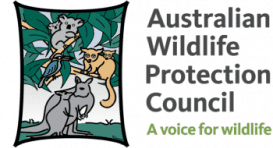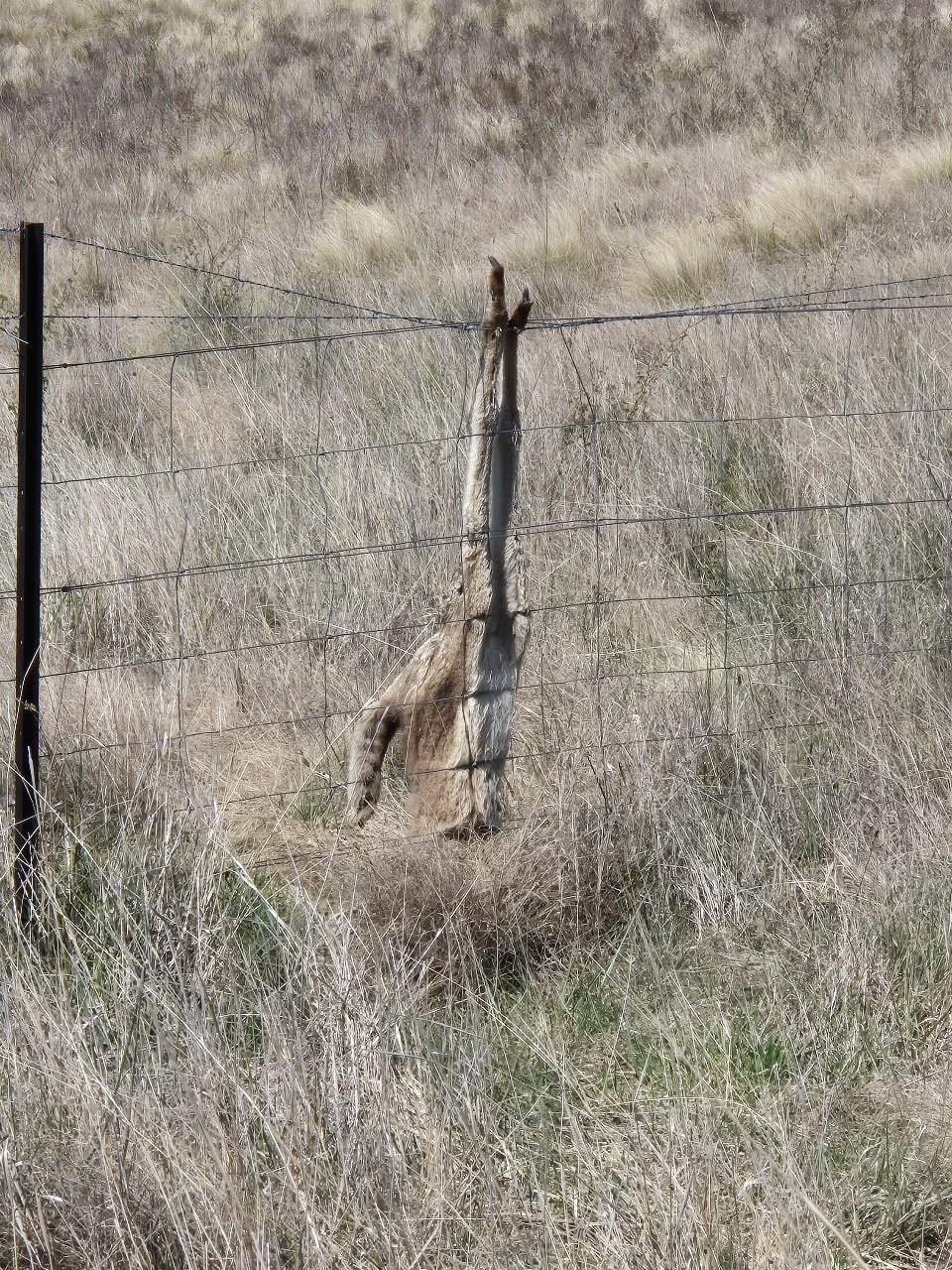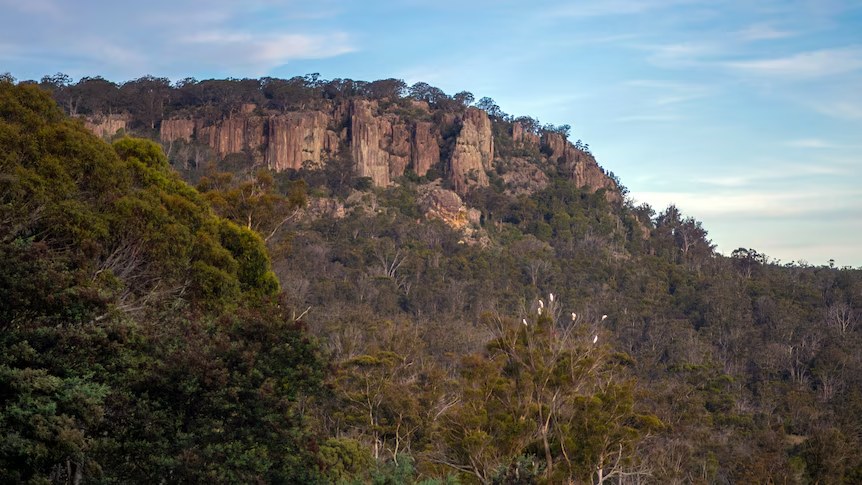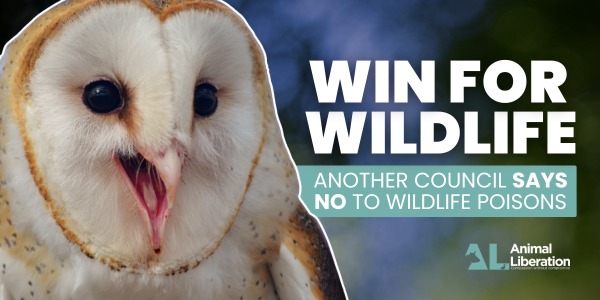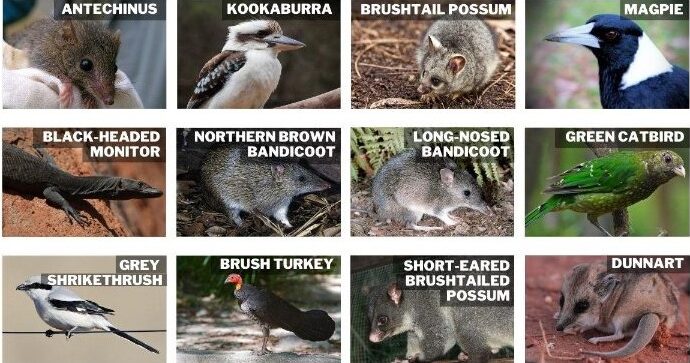
IT Works! – Shutdown Wildlife Trade Buyer by Buyer
Share this page IT WORKS! SHUT-DOWN WILDLIFE TRADE BUYER by BUYER Here’s a very good news story after decades of a related horror story – with some way still to go for redemption.The shameful trade in kangaroo body parts, backed by Australians federal and state governments and major political parties, declined again in May thanks to US, Australian and European citizen campaigns. The goal: to end the demand for kangaroo skins for human apparel, including luxury fashion brands and motorcycle gear and popular for sports shoes like soccer cleats. Adidas, one of the last shoe brands still using kangaroo leather, announced it would phase out the practice. Australia’s Kangaroos Alive team, including First Nations representatives, has been campaigning with European partners to stop the kangaroo skin trade. Australian kangaroo advocacy groups protested in front of domestic shoe stores in support.At the same time, The US Centre for a Humane Economy (CHE) took another credit for its ‘Kangaroos Are Not Shoes’ campaign aimed at persuading markets to use alternatives to the skin of the beloved Australian icon and finally shut down a long-running, brutal wildlife trade. The world’s biggest land-based wildlife slaughter Photo Credit: Australian Wildlife Protection Council (AWPC)Australian businesses, with state approval, conduct the world’s biggest land-based wildlife slaughter and have for decades. It is a horrific native animal butchery and export trade that has been resolutely ignored or denied in the public arena while Australian politicians and media lecture other countries about slaughtering whales and baby seals. The domestic silence and approval has been a reason to take the opposition campaigns to overseas markets.CHE reported that Japanese-owned ASICS is similarly phasing out the use of kangaroo skins for sports shoes. Below, excerpts from news releases by both organisations with more detail and a look at the next targets. ‘Kangaroos are not shoes’ campaign news “Wayne Pacelle, the president of the Center for a Humane Economy, received a pledge from the CEO of Adidas at the company’s annual general meeting in Fürth (in Germany in May). Nike, Puma, New Balance, Diadora, and U.K.-based Sokito made prior announcements about divorcing their companies from the kangaroo skin trade.“With the rapid-fire announcements from ASICS and Adidas, we’re witnessing the dismantling of a supply chain built on bloodshed and the orphaning of kangaroo joeys,” said Pacelle. “The foreign markets for kangaroo skins are collapsing, and that can only mean good news for the iconic marsupials of Australia.”“ASICS has acknowledged a fundamental truth: the commercial slaughter of wild kangaroos for their skins is neither ethical nor morally defensible,” said Jennifer Skiff, director of international programs at the Center for a Humane Economy and lead of the organization’s Kangaroos Are Not Shoes campaign. “ASICS’s innovative materials outperform kangaroo leather, removing any justification for continuing this inhumane trade.“With ASICS stepping away from kangaroo leather, the Center for a Humane Economy and Animal Wellness Action are ramping up efforts to persuade Mizuno — the last major athletic shoe brand still using kangaroo leather — to make the same commitment.“Complementing the work with corporations, Animal Wellness Action is also spearheading support for the Kangaroo Protection Act — a bill in the U.S. Congress to ban the import and sale of products made from kangaroo parts. Learn more and take action at KangaroosAreNotShoes.org” The European campaign Sydney-based Kangaroos Alive wrote “German sports brand ADIDAS reported that they will stop all use of kangaroo skins in their football boots. ADIDAS CEO Bjorn Gulden made the announcement at their AGM last week, saying ‘We haven’t purchased any kangaroo leather since August of last year. By the end of 2025, Adidas’ production will be 100 percent kangaroo leather-free’. Building on Australian international campaigns in the 1990s to end a Russian market for kangaroo meat and push back on Chinese interest for same, also UK’s VIVA campaign ending supermarket retailing of kangaroo meat, [detailed in my book Injustice… ], in 2019 Kangaroos Alive, “helped create a coalition of EU groups to stop the import of kangaroo products into Europe. This campaign was launched following European screenings of their film KANGAROO A Love Hate Story. The film was screened in the European Parliament and to several big brands, including ADIDAS.“The EU coalition first met with ADIDAS management in Germany in 2019 who pushed back on our requests. What followed was a long public campaign lobbying ADIDAS. However we did have immediate success with other major European fashion brands including PRADA, GUCCI, DIADORA and Europe’s largest Supermarket chain CARREFOUR. They all stopped using or selling kangaroo body parts demonstrating openness to protecting wildlife from harm. Kangaroos Alive published this list of companies that were using kangaroo leather or meat in 2018. Those that have stopped since, thanks to citizen lobbying (including the viewing of the KANGAROO film) are noted by a green cross. That would now include ASICS. Kangaroos Alive’s media release continued:“Over the years since we started campaigning in Europe with our EU partners, Kangaroos Alive have helped convince other major international companies to stop using kangaroo skins. Including German brand PUMA, Dutch Sports store INTERSPORT, and the world’s biggest sports store French franchise DECATHLON. “Special mentions to GAIA in Belgium and Pro Wildlife in Germany who got the ADIDAS campaign started in 2019; and to other coalition members including LAV Italy, World Animal Protection The Netherlands, Animal Welfare Institute, Voiceless, Back to Country, coordinated by Eurogroup for Animals. And special thanks to all our colleagues who have pressured ADIDAS in this campaign including Animals Australia, Victorian Kangaroos Alliance, Animal Justice Party, Center for a Humane Economy, Their Turn and NY Class.“Last year co-founder Mick McIntyre travelled to Vietnam because it is one of the world’s biggest importers of kangaroo skins. The screening [of KANGAROO…] in Ho Chi Minh City – home to ADIDAS’s largest shoe factory – was a big success. Representatives from several corporations, including ADIDAS attended the screening. “Looking ahead as we celebrate this latest victory for kangaroos, there are still many brands who are part of the killing of Australian
